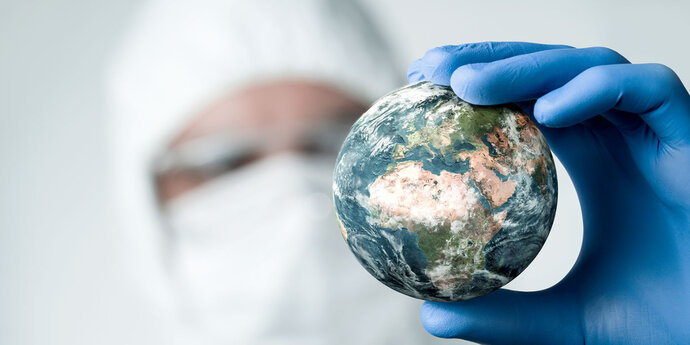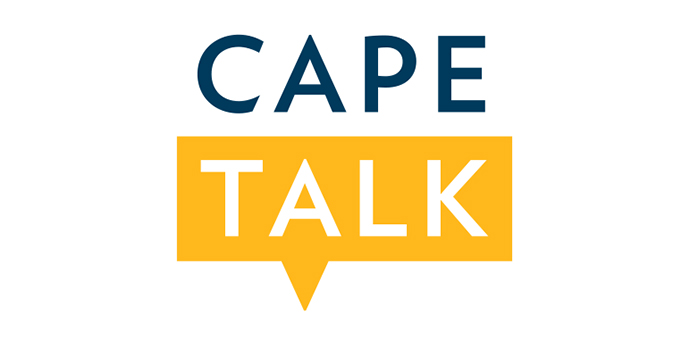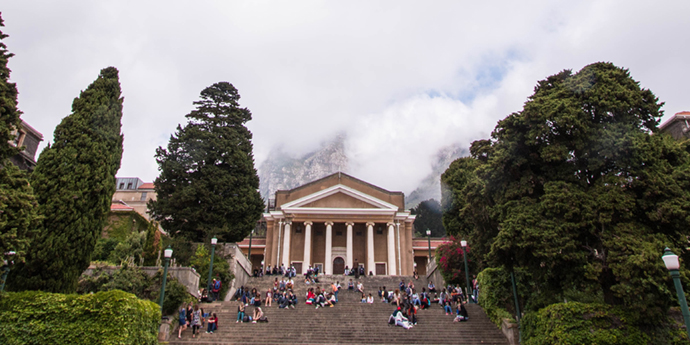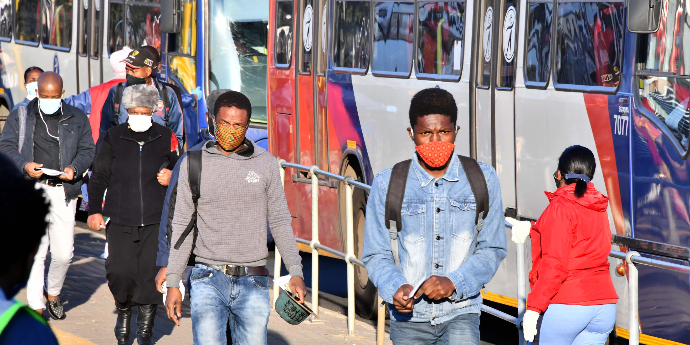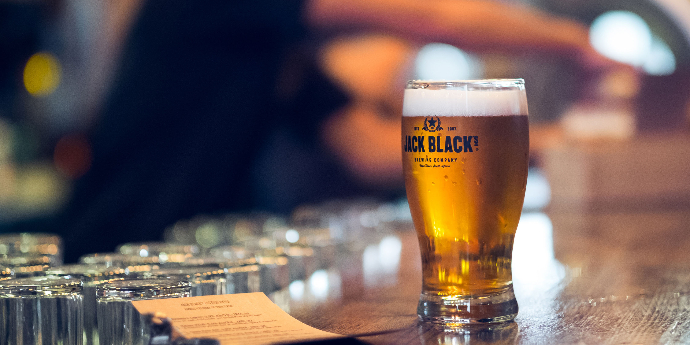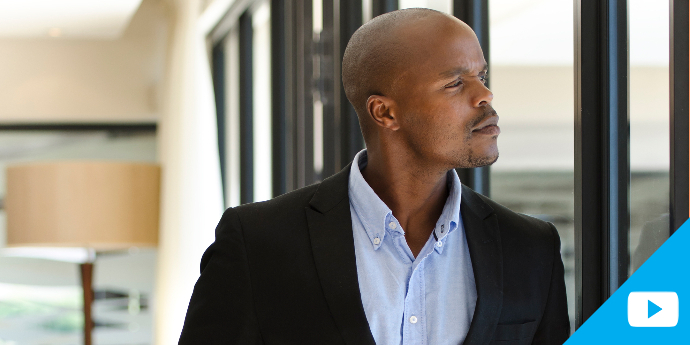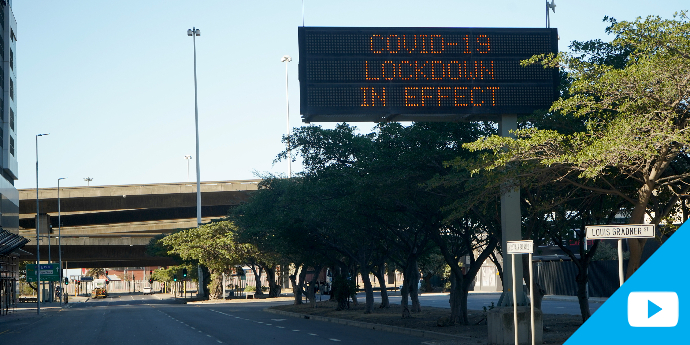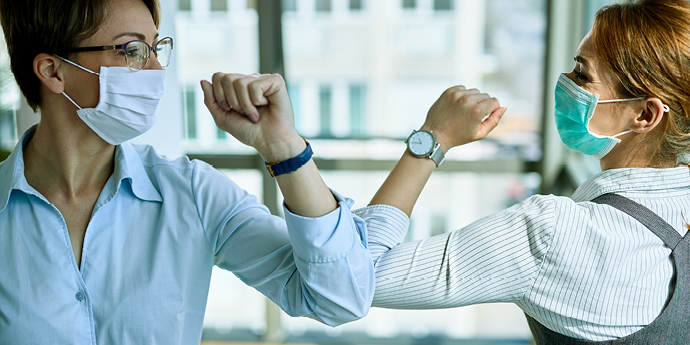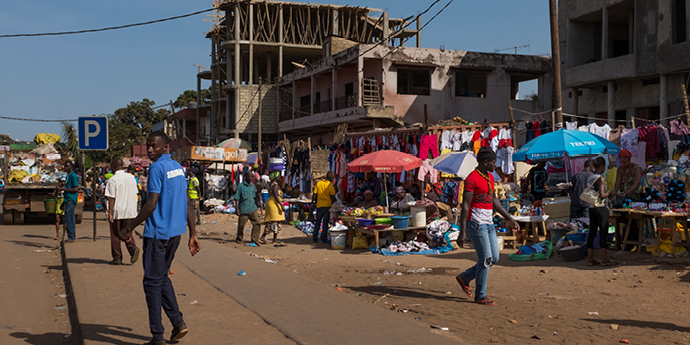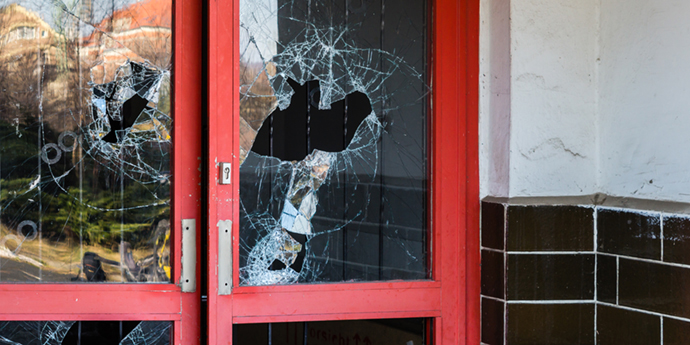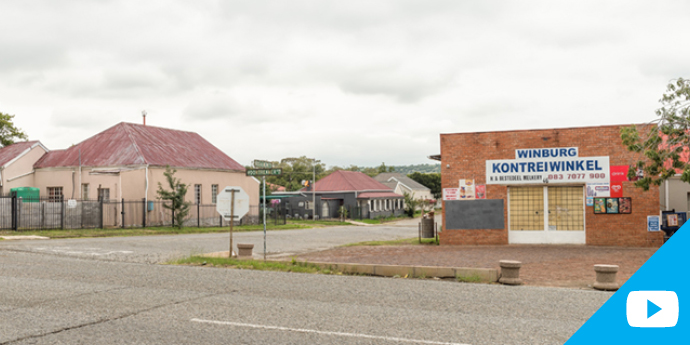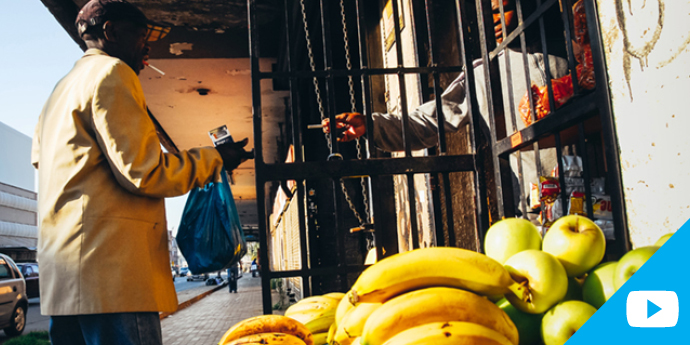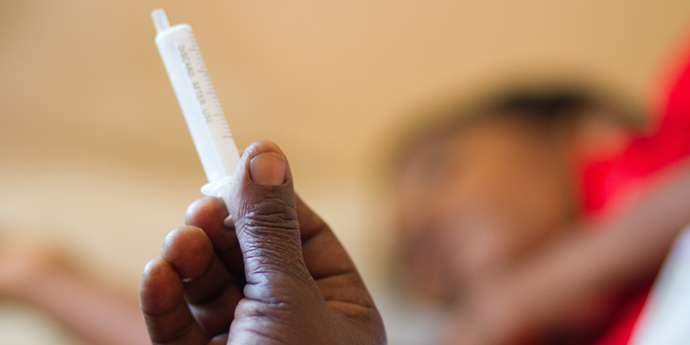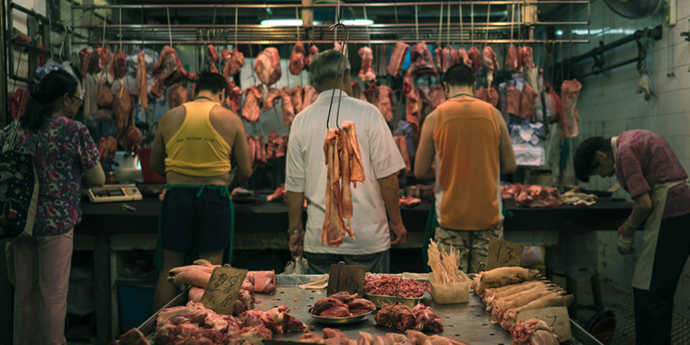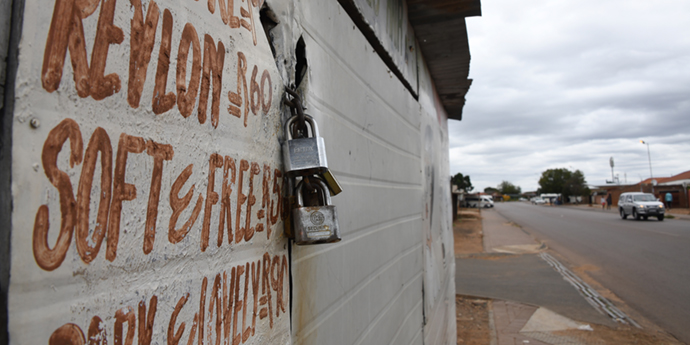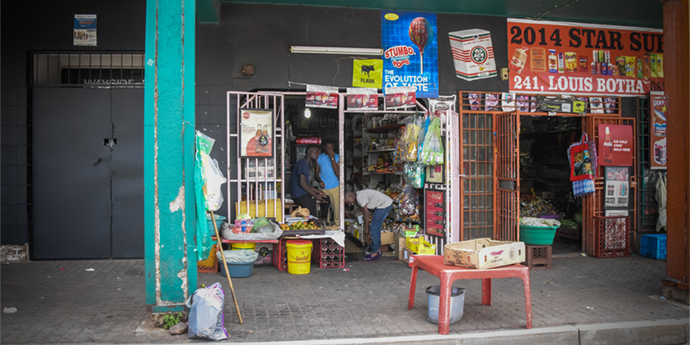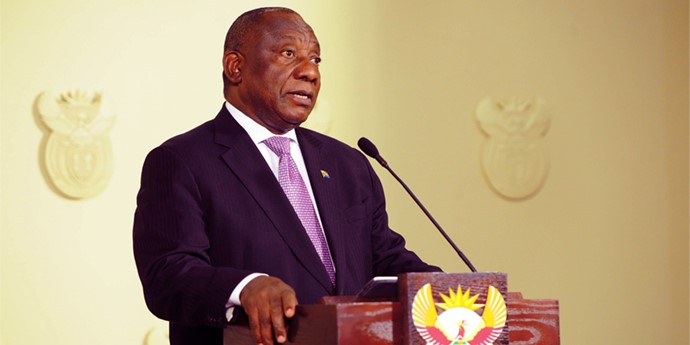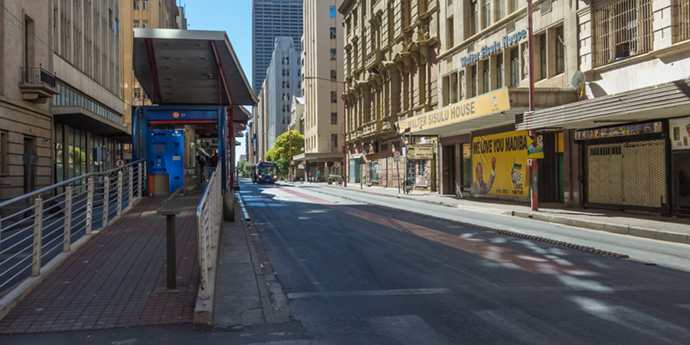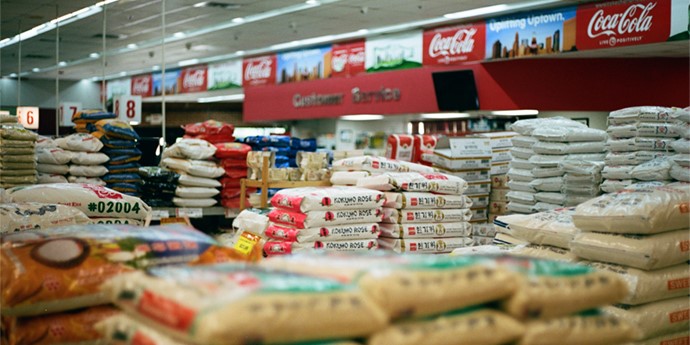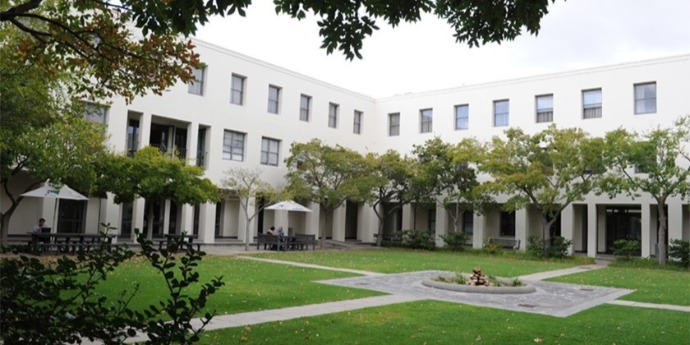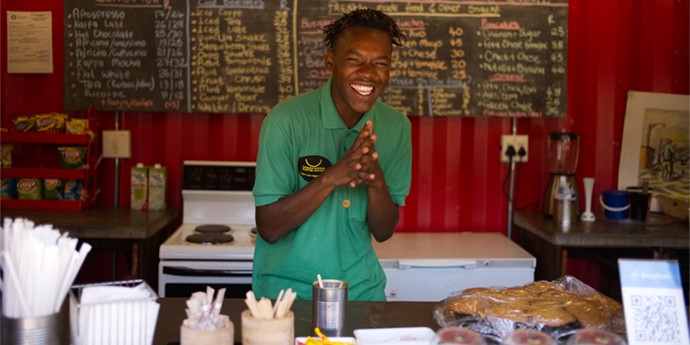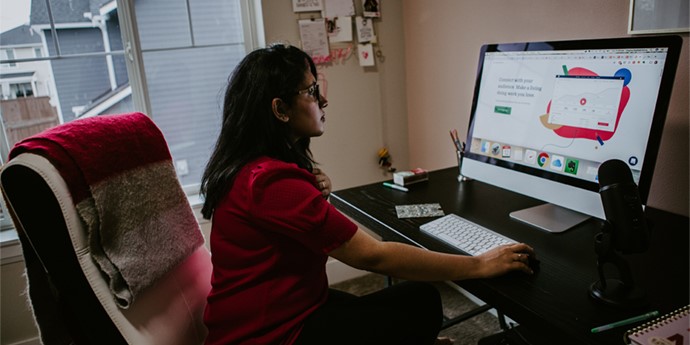When lockdown ends, it is likely that people are going to want to have safe spaces to meet up in and have fun. What can visitor attractions do now to make sure they are ready?
China ended lockdown in Wuhan, the city where coronavirus first appeared, last week, but it has become clear that a return to normal life is not on the cards for that city or indeed any of us.
After ten weeks in lockdown, the residents of Wuhan are reeling, with the New York Times reporting that businesses, even those that have re-opened, are facing difficulties in getting back up to speed and that strict regulations for people’s movements remain in place.
In South Africa, we need to be planning ahead for the time when we too are allowed to venture out again — and for visitor attractions, this is going to be especially important.
Attractions — such as museums, national parks, aquaria and water parks and shopping malls — are an important part of our domestic and tourism economy and there are indications that when the time comes, they may need to be ready to respond to pent up demand.
While research in South Africa does not currently exist as to where customers will wish to socialise and visit when lockdown ends, research in the USA and the UK indicates that museums and other attractions will be at the top of the list of desirable places to visit and spend time with family and friends again.
Research in the USA by Colleen Dillenschneider looks at adults’ “intention to visit” cultural entities and indicates that “most people are currently maintaining comparatively strong intentions to visit” within the next 3 — 6 months. Similarly, in the UK, BVA BDRC, a consumer insights consultancy, has been tracking consumer sentiment towards travel, leisure and hospitality. Twenty-nine percent of respondents said they would “go on a day out to a visitor attraction” within the next three to six months. It should be noted that this is during the USA and UK summer, traditionally indicating higher intentions to visit than during winter.
It is not certain when attractions in South Africa will be fully operational again, but we do know that dampened economic activity and depressed international tourism will affect visitor numbers for the foreseeable future. So what can they do now to minimise this impact?
Firstly, they need to assess their sites and customer base to understand what demand may look like after the lockdown ends. Open outdoor sites are likely to have higher demand than closed confined sites. A customer base that was heavily dependent on international visitors will look very different to the attraction that was dependent on local and domestic travel. Additionally, sites that depend on aged customers may see a different demand profile to those that predominantly serve a younger profile. Sites that saw significant visitor numbers due to conference, events and concert experiences will have a different recovery trajectory than sites that relied on individual visitors. What role will school groups play in visitation in the next six months as the school year remains significantly disrupted?
The reignition of the attraction’s economy is likely to be in segments, with highly localised demand opening first (i.e. closest neighbourhoods), followed by day trippers that can visit in cars or public transport, and then domestic visitors from further afield followed by regional, and finally, international visitors. What the timeline is for this, is as yet, unknown, but attractions need to start assessing their historical consumer data to understand what their demand curve will look like.
Attractions are designed to accommodate large groups of people at a time. This will need a rethink as managers plan and integrate physical distancing and contactless transactions throughout their site. This may sound like an anathema to attraction managers. After all, the tourism and attractions industry is about meeting new people and immersion into new worlds; attractions are designed and indeed hope for, large groups of people on their site.
As hard as it might be to think about creating these structural changes, especially as they are mostly costly and require a longer timeline, management must act now. Fortunately, the seeds of both physical distancing and a contactless economy already exist.
Physical distancing, for example, exists in the form of VIP queues and venues, fast track queues, special opening times (e.g. pensioners, school groups or members only) and reduced capacity (for most attractions these are the winter times). Most attractions spend time considering how to spread demand during peak periods so that the experience is not impacted negatively. Management teams need to use these as starting points for planning and designing physical distancing at their sites on reopening.
The contactless economy exists in that many attractions pre-sell tickets online, use credit cards or snapscan for payment options on-site and allow membership cards as entrance tickets. How can this be escalated to ensure that less cash changes hands? The contactless economy refers not only to the exchange of money but also human contact. Sites that rely on direct human contact as part of their experience will need to look specifically at these contact points and assess how these can be done differently and safely.
Things are unlikely to be getting back to normal any time soon, but we won’t be in lockdown forever either. When we get out, our priorities and needs will have shifted and the sooner we start planning for this new reality, the better for us all. Accelerating physical distancing and contactless transactions will be a critical part of this.
Lehmann is the founder and CEO of Curiositas and founder and chair of the African Association of Visitor Experiences and Attractions. She holds an MBA from the UCT Graduate School of Business.


